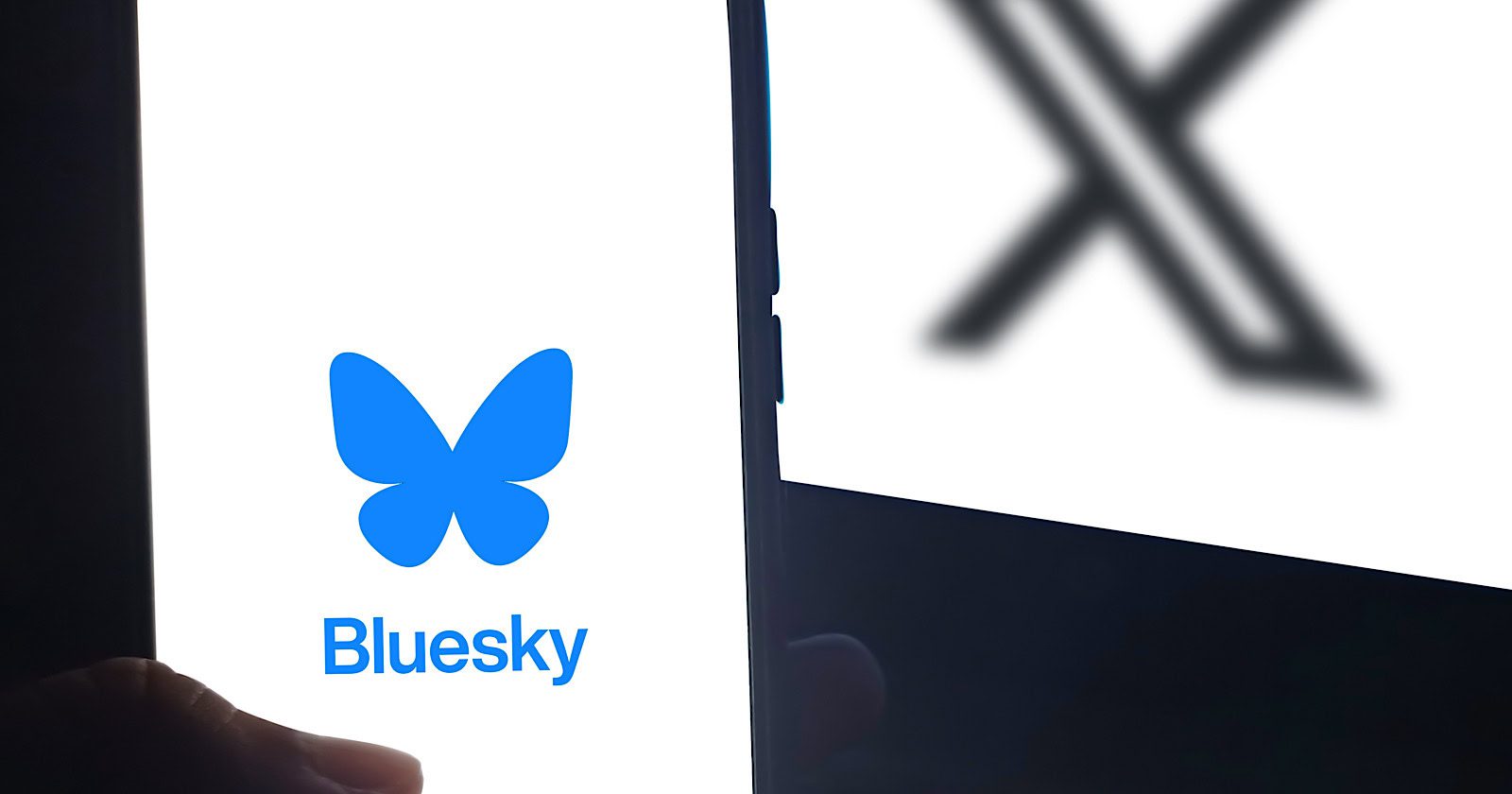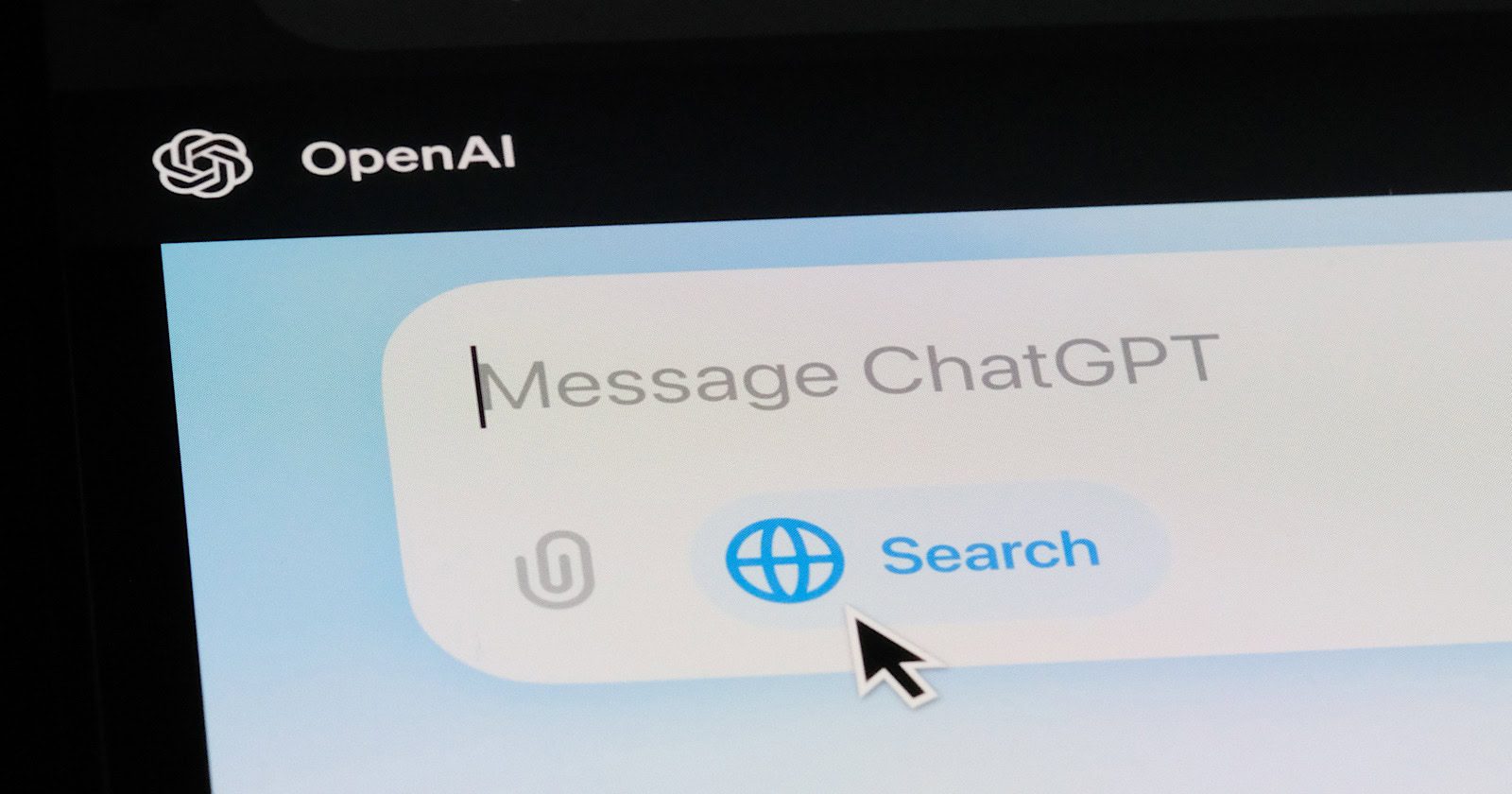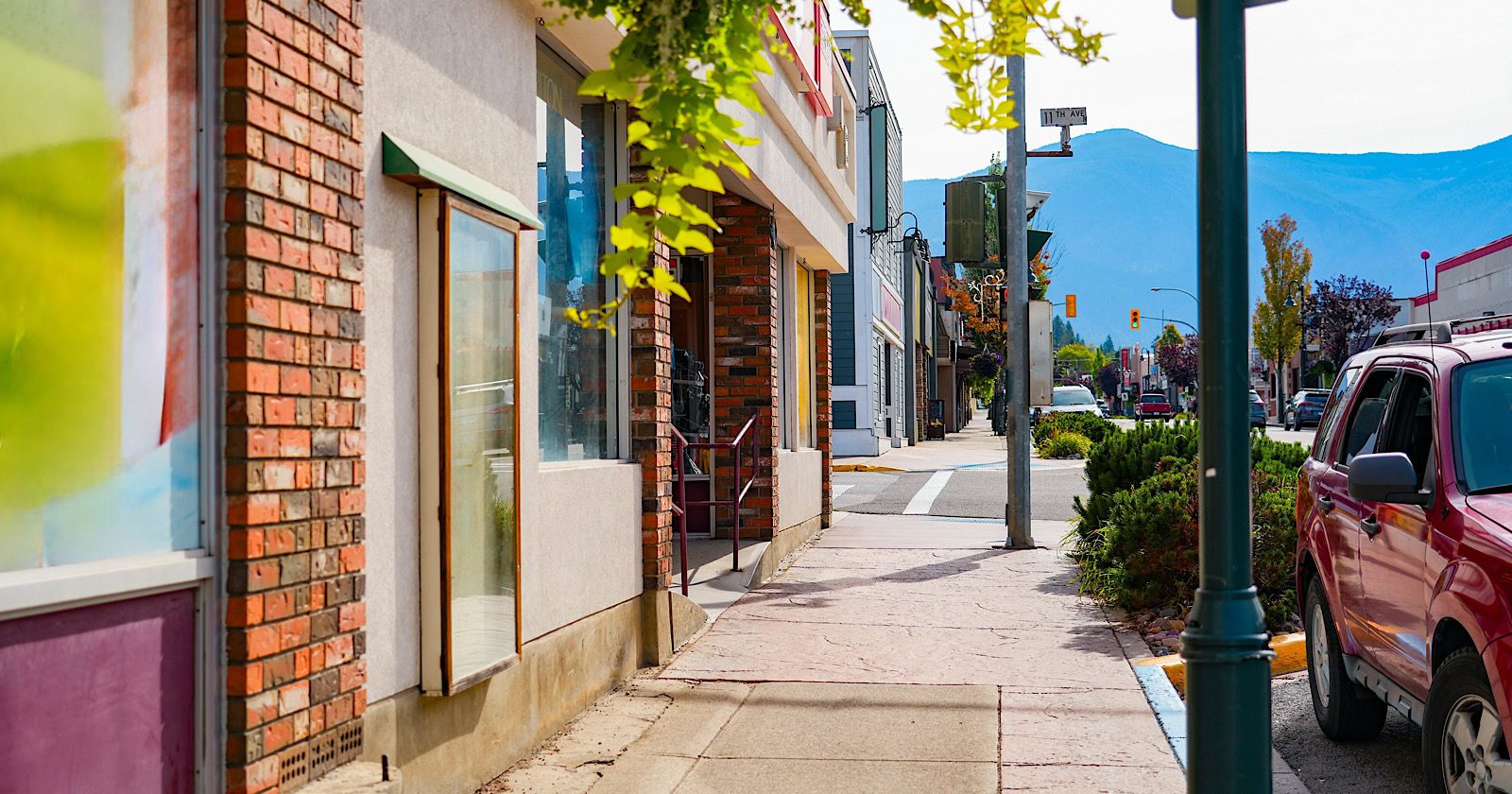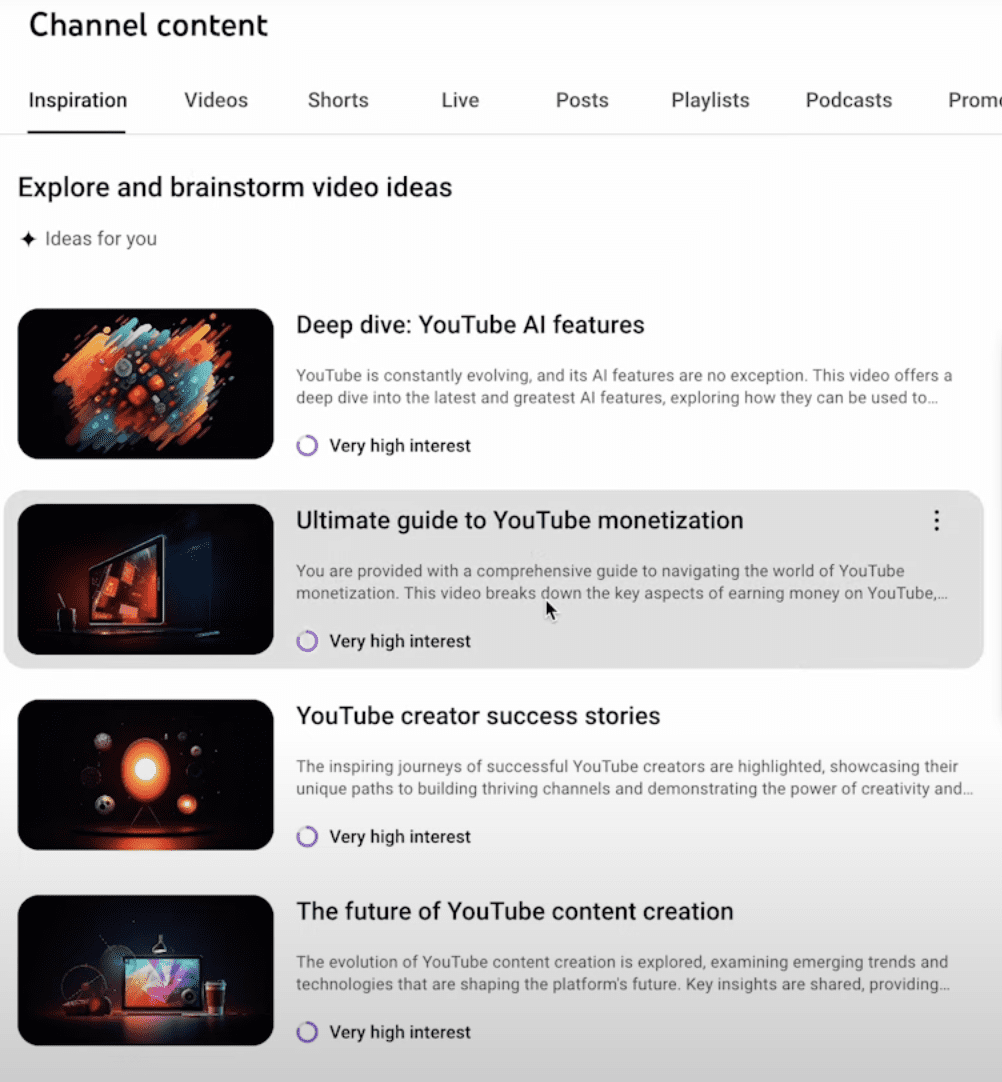Google Chrome collects site engagement metrics, and Chromium project documentation explains exactly what they are and how they are used.
Site Engagement Metrics
The documentation for the Site Engagement Metrics shares that typing the following into the browser address bar exposes the metrics:
chrome://site-engagement/
What shows up is a list of sites that the browser has visited and Site Engagement Metrics.
Site Engagement Metrics
The Site Engagement Metrics documentation explains that the metrics measure user engagement with a site and that the primary factor used is active time spent. It also offers examples of other signals that may contribute to the measurement.
This is what documentation says:
“The Site Engagement Service provides information about how engaged a user is with a site. The primary signal is the amount of active time the user spends on the site but various other signals may be incorporated (e.g whether a site is added to the homescreen).”
It also shares the following properties of the Chrome Site Engagement Scores:
- The score is a double from 0-100. The highest number in the range represents a site the user engages with heavily, and the lowest number represents zero engagement.
- Scores are keyed by origin.
- Activity on a site increases its score, up to some maximum amount per day.
- After a period of inactivity the score will start to decay.
What Chrome Site Engagement Scores Are Used For
Google is transparent about the Chrome Site Engagement metrics because the Chromium Project is open source. The documentation explicitly outlines what the site engagement metrics are, the signals used, how they are calculated, and their intended purposes. There is no ambiguity about their function or use. It’s all laid out in detail.
There are three main uses for the site engagement scores and all three are explicitly for improving the user experience within Chromium-based browsers.
Site engagement metrics are used internally by the browser for these three purposes:
- Prioritize Resources: Allocate resources like storage or background sync to sites with higher engagement.
- Enable Features: Determine thresholds for enabling specific browser features (e.g., app banners, autoplay).
- Sort Sites: Organize lists, such as the most-used sites on the New Tab Page or which tabs to discard when memory is low, based on engagement levels.
The documentation states that the engagement scores were specifically designed for the above three use cases.
Prioritize Resources
Google’s documentation explains that Chrome allocates resources (such as storage space) to websites based on their site engagement levels. Sites with higher user engagement scores are given a greater share of these resources within their browser. The purpose is so that the browser prioritizes sites that are more important or frequently used by the user.
This is what the documentation says:
“Allocating resources based on the proportion of overall engagement a site has (e.g storage, background sync)”
Takeaway: One of the reasons for the site engagement score is to prioritize resources to improve the browser user experience.
Role Of Engagement Metrics For Enabling Features
This part of the documentation explains that Chromium uses site engagement scores to determine whether certain browser features are enabled for a website. Examples of features are app banners and video autoplay.
The site engagement metrics are used to determine whether to let videos autoplay on a given site, if the site is above a specific threshold of engagement. This improves the user experience by preventing annoying video autoplay on sites that have low engagement scores.
This is what the documentation states:
“Setting engagement cutoff points for features (e.g app banner, video autoplay, window.alert())”
Takeaway: The site engagement metrics play a role in determining whether certain features like video autoplay are enabled. The purpose of this metric is to improve the browser user experience.
Sort Sites
The document explicitly says that site engagement scores are used to rank sites for browser functions like tab discarding (when memory is tight) or creating lists of the most-used sites on the New Tab Page (NTP).
“Sorting or prioritizing sites in order of engagement (e.g tab discarding, most used list on NTP)”
Takeaway: Sorting sites based on engagement ensures that the user’s most important and frequently interacted-with sites are prioritized in their browser. It also improves usability through tab management and quick access so that it matches user behavior and preferences.
Privacy
There is absolutely nothing that implies that Google Search uses these site engagement metrics. There is nothing in the documentation that explicitly mentions or implicitly alludes to any other purpose for the site engagement metrics except for improving the user experience and usability of the Chrome browser and Chromium-based devices like the Chromebook.
The engagement scores are limited to a device. The scores aren’t shared between the devices of a single user.
The documentation states:
“The user engagement score are not synced, so decisions made on a given device are made based on the users’ activity on that device alone.”
The user engagement scores are further isolated when users are in Incognito Mode:
“When in incognito mode, site engagement will be copied from the original profile and then allowed to decay and grow independently. There will be no information flow from the incognito profile back to the original profile. Incognito information is deleted when the browser is shut down.”
User engagement scores are deleted when the browser history is cleared:
“Engagement scores are cleared with browsing history.
Origins are deleted when the history service deletes URLs and subsequently reports zero URLs belonging to that origin are left in history.”
The engagement score for a website decreases over time if the user doesn’t interact with the site. This is called “decay” when the user engagement score drops in time. Engagement scores are forgotten which improves the relevance of the scores and how the browser optimizes itself for usability and the user experience.
The impact of user engagement scores that “decay to zero” is that the URLs are completely removed from the browser:
“URLs are cleared when scores decay to zero.”
Takeaway: What Could Google Do With This Data?
It’s understandable that some people, when presented with the facts about Chrome site engagement metrics, will ask, “What if Google is using it?”
Asking “what if” is a powerful way to innovate and explore how a service or a product can be improved or invented. However, basing business decisions on speculative ‘what if’ questions that contradict established facts is counterproductive.
These metrics are solely for improving browser user experience and usability, the scores are not synched and are limited to the device, the scores are further isolated in Incognito Mode and the scores are completely erased when users stop interacting with a site.
That means that the question, “What if Chrome shared site engagement signals with Google?” has no basis in fact. The purpose of these signals and their documented use cases are fully transparent and well understood to be limited to browser usability.
Read the Chromium documentation:
For Developers > Design Documents > Site Engagement
Featured Image by Shutterstock/Cast Of Thousands














